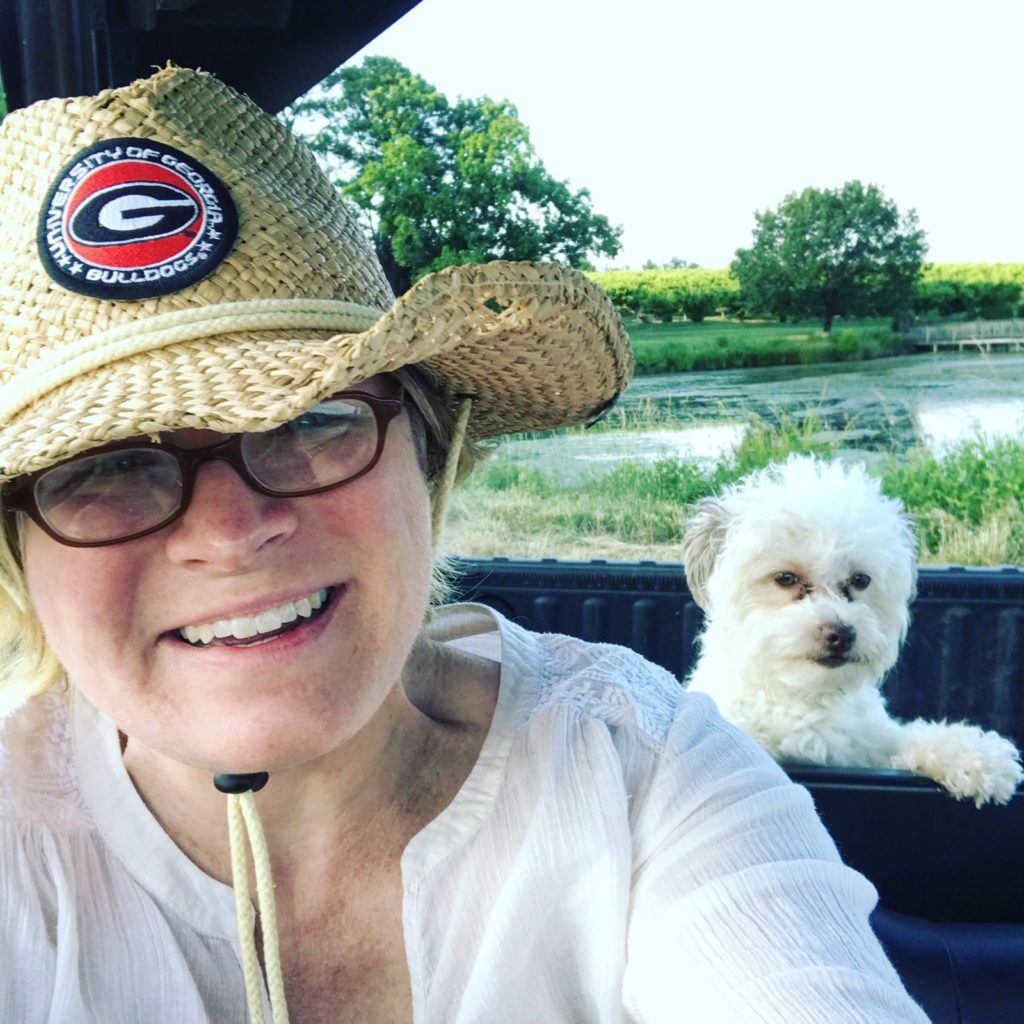You’re four weeks out from dove season, and back in May, three low-lying tracts of land were planted with corn and sunflowers. The corn thrived while the sunflowers didn’t make. However, six miles down the road, a buddy’s corn didn’t rise, while his sunflowers are standing high like an army of soldiers at attention.
These are the unplanned scenarios that can throw a wrinkle in your dove-hunting plans. Summer trips and work obligations get in the way. And now it’s August, and you haven’t done much about the crop failure. Or maybe you have the field — it came in nicely — but you don’t have a good plan to hunt it and manage it throughout the season.
Questions present themselves. Let’s answer some.
Crop Failure Solutions
First, let’s tackle the crop-failure situation described in the opening paragraph. Here’s the question that prompted it:
Q.
My husband was in charge of planting the dove field, and he just now told me the sunflowers didn’t come up. I’m bummed because now is a heckuva time to find out. What can I do to remedy this epic fail without emasculating my best guy and the father of my children? — Regina Phalange of Central Perk
A.
Ouch, Regina. Your man might be a gifted farmer. Crop failure happens. Offer encouragement, a warm embrace and, perhaps, a glass of whiskey: certainly, a manly and reassuring cocktail of choice.
In many parts of the country, there is plenty of growing season left, plus your husband’s effort wasn’t a total loss. There’s always the corn. Consider testing the soil and trying a different crop. Browntop millet could do well. It’s a 60-day deal and you can bail it for hay once dove season ends.
Bonus Tip: Respect late-season hunting.
This seems to be a common mantra among hunters, but it’s true. As with all game, as the season progresses, fewer dove hunters are in the field. They’ve moved on to hunting big game or they’re in the heart of their team’s football schedules. There’s less pressure and more chances for success. And, when that time rolls around, you’ll have a young, new crop of millet.
Related: How to shoot more doves on opening day
Dove-Field Mowing: Frequency and Patterns
Q.
Last year, a landowner neighbor had a nice dove field and a solid opening day. He was good enough to invite me to hunt the place all season. But after the first weekend, he mowed the entire field so he could find the doves easier and soon enough there were no doves around. What happened? — Ben from Pennsylvania
A.
Doves require seed-to-soil contact in order to forage. They don’t scratch around for food and, if it’s not in plain sight, they move on. Or, by cutting the entire field at once, the landowner put all the remaining seeds on the ground, the birds made quick work of it and moved on.
Best practices for mowing include:
- Mow in strips or a checkerboard pattern.
- Mow in the field in thirds.
- By keeping only portions of your dove field mowed at a time, you can control the amount of seed available and disperse it incrementally, ideally before scheduled hunts.
- Michael Foster of the University of Georgia’s cooperative extension recommends mowing the field, with the mower set as close to the ground as possible, 10 to 14 days prior to hunting. This allows enough time for birds to find the seed and begin to use the field.

Grand View's digital editor Amy Hatfield and sidekick Frankie survey a newly planted dove field back in May.
How frequently should I hunt my dove field?
Q.
My dad and I decided to plant a small, four-acre dove field this spring. It’s the first time we’ve done it, and I’m wondering how frequently we should hunt it? I’ve read a few different recommendations online and some of them are contradictory. — C.J. in Franklin, Tenn.
A.
Anytime I’m uncertain about best practices for hunting and – you’re right, there’s a wide range of misinformation out there — I rely on my state’s wildlife agency and its staff of biologists. Often, these website’s have great information, it’s just not always as easy to access compared to more Google-friendly sources.
In the case of how frequently to hunt a dove field, here’s the recommendation from the South Carolina Department of Natural Resources:
Overshooting will drive doves away from even a high-quality dove field. A field should not be hunted more than once a week, and the birds should be allowed to feed unmolested during the last two hours of daylight. A particular field should be hunted morning or afternoon, not both.
Bonus Tip: Don’t plow your field under post-season.
Once dove season is over, your fields should not be plowed. Crop residue, as well as associated weed seeds, will offer a reliable food source to doves and other wildlife throughout the remaining winter months and early spring season.
If you’re gearing up for dove season and have a question or two, let us hear it by e-mailing me at ahatfield@grandviewmedia.com.
Related: Dove hunting with silencers
Dove Field Resources
- Successful fall dove hunt depends on planning (South Carolina Department of Natural Resources)
- Dove field management fact sheet (PDF) (Oklahoma Cooperative Extension Service)
- Begin managing dove fields now – season is just months away (UGA College of Agricultural and Environmental Sciences)
Featured photo credit: Texas Park and Wildlife






